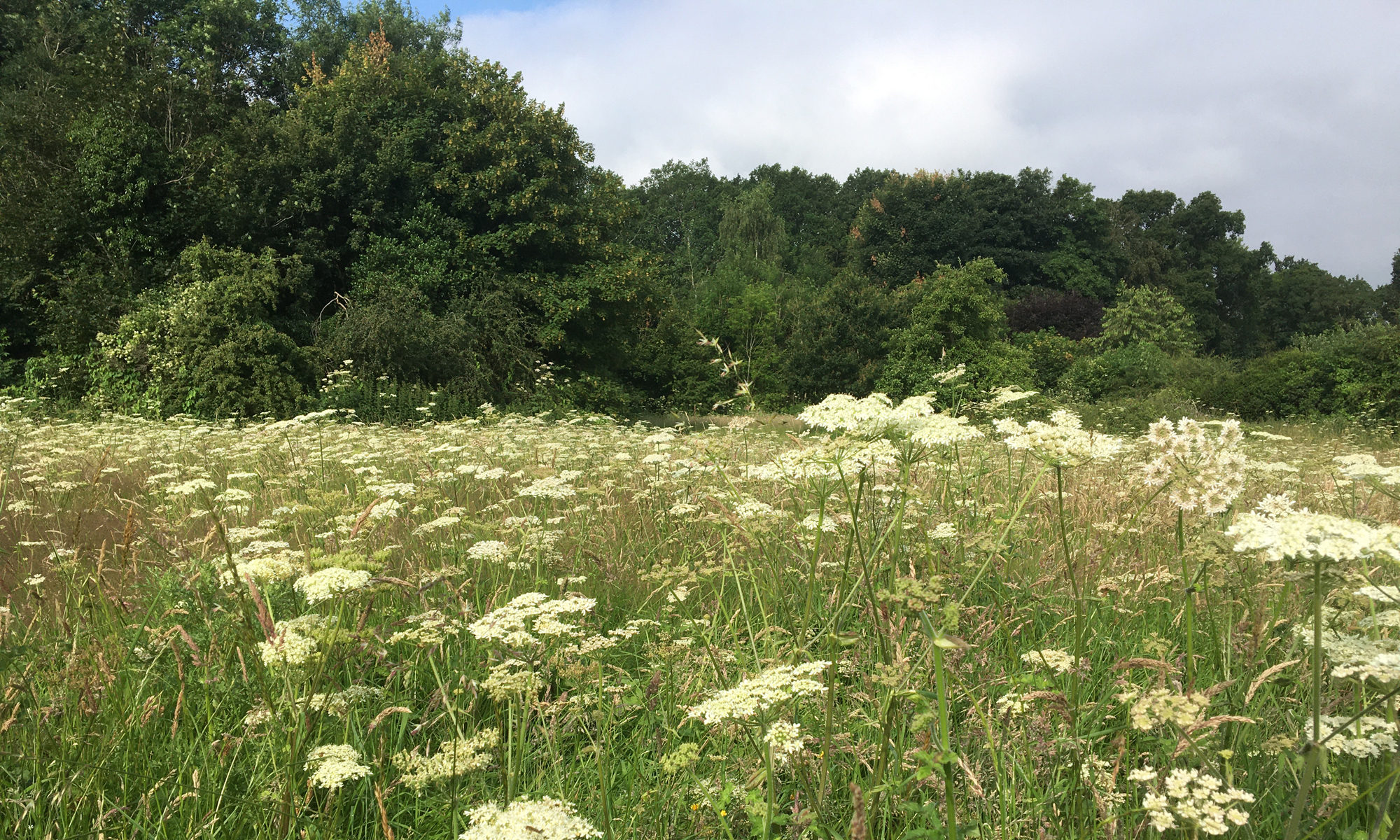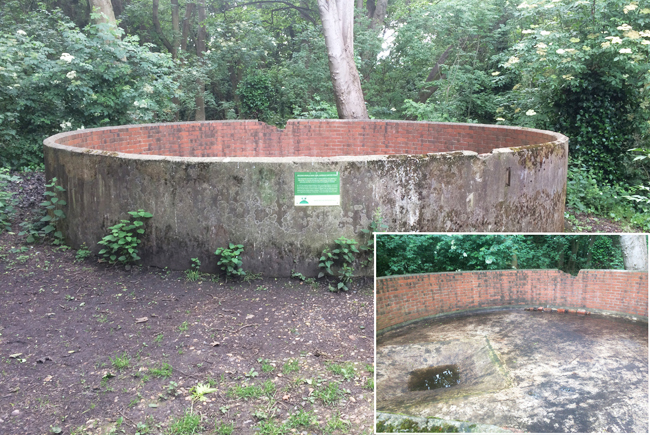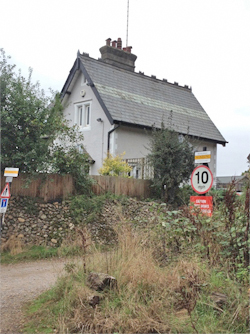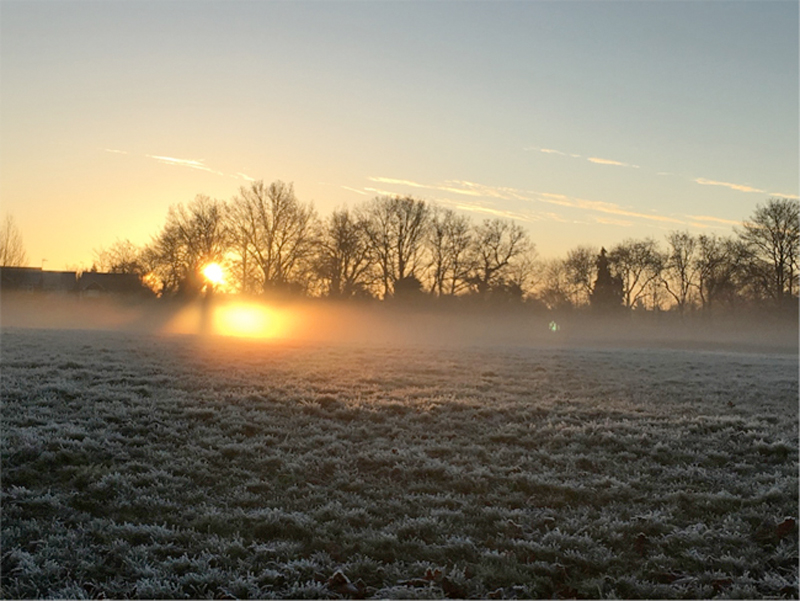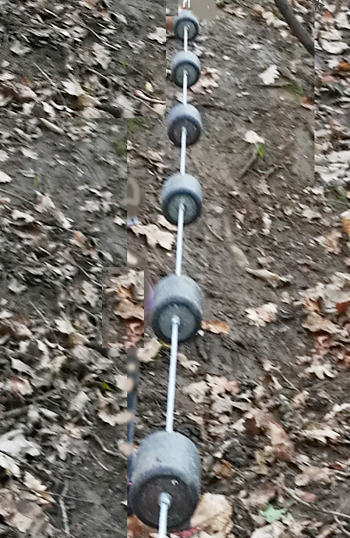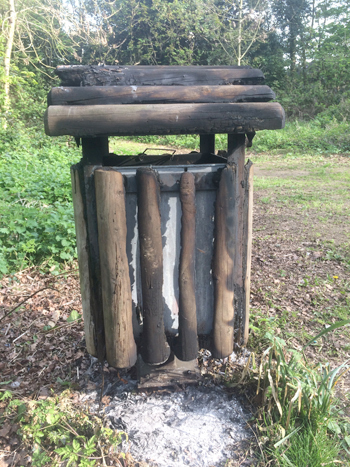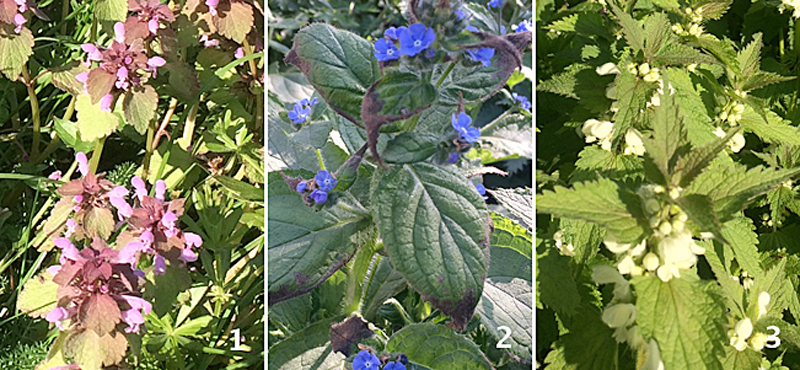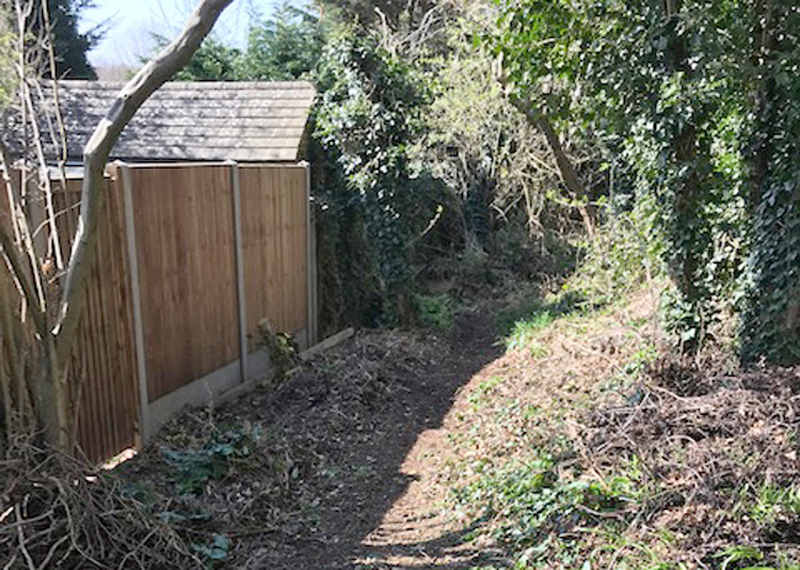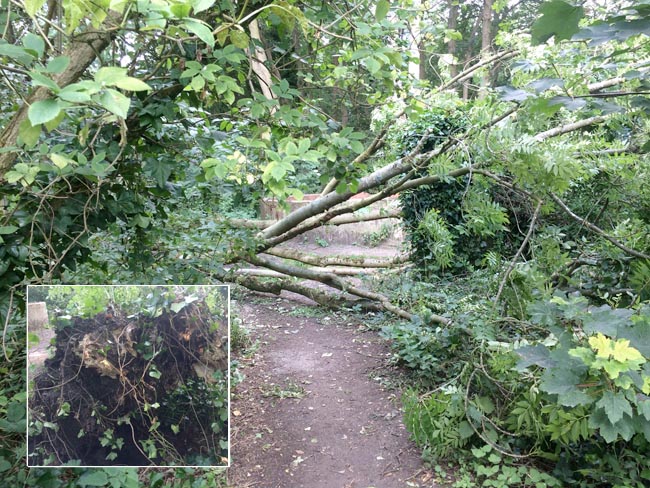
This large ash tree recently came down partially blocking this path to the WW2 water tank, which can just be seen in the background. The tree broke off near the top of the roots, see inset image. Fortunately, it did not fall towards the tank, which is still threatened by a large sycamore only inches away. The Council has agreed to deal with the ash tree.
Continue reading “Ash Trees feel the strain”